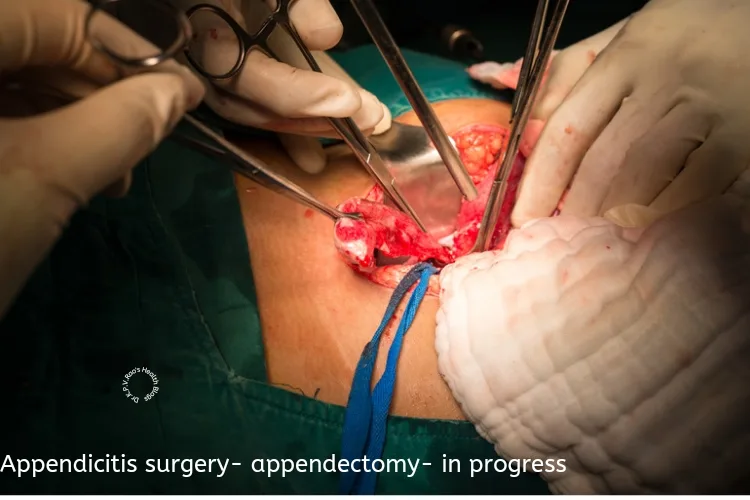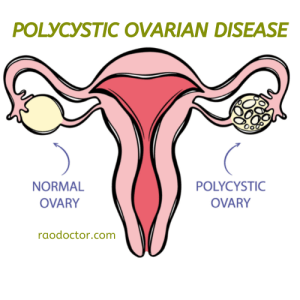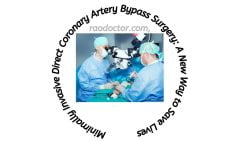Table of Contents
Introduction
Appendicitis is a condition characterized by inflammation and infection of the appendix, a vestigeal part of the digestive system, located at the part where the small intestine meets the large intestine.
Located at the junction of the small and large intestines in a part called the caecum, the appendix is a small offshoot of the digestive system that does not serve any digestive purpose.
If you see someone complaining of sudden abdominal pain, especially in the lower right side of the groin area, it could be a sign of appendicitis, a condition that affects many people worldwide.
Understanding the causes, symptoms, and treatment options for appendicitis is crucial in managing this condition effectively.
While the exact cause of appendicitis is not always clear, it is often linked to a blockage of the appendix, usually by hardened stool, tumors, or an infection.
When the appendix becomes blocked, bacteria can multiply rapidly, leading to inflammation and infection.
In this article, we will learn all about appendicitis by exploring its causes, symptoms, and treatment options.
What is appendicitis?
The appendix is a small, finger-shaped pouch about one to two inches in size, located at the junction of the small and large intestines.
Despite its small size and unclear function, the appendix plays a role in the immune system and gut health.
While it is not essential for survival, it is believed to have a role in housing beneficial bacteria and supporting the body’s immune response.
News Medical Life Sciences
The exact function of the appendix is still not fully understood, but its presence is believed to have evolutionary significance. This small part of the intestines is known to digest cellulose in herbivorous animals like cattle, goats, deer, sheep etc.
In human beings it is rudimentary, meaning it does not serve any purpose. However, the appendix can become inflamed and infected, leading to appendicitis.
Causes of appendicitis
The exact cause of appendicitis is not always clear, but it is often associated with a blockage of the appendix.
The most common cause of blockage is the buildup of hardened stool, also known as fecaliths. These fecaliths can obstruct the narrow opening of the appendix, leading to inflammation and infection.
Other causes include tumors, such as carcinoid tumors or lymphoma, which can block the appendix.
In some cases, an infection elsewhere in the body can spread to the appendix, causing inflammation.
What are the risk factors for Appendicitis?
Certain risk factors can increase the likelihood of developing appendicitis. These include a family history of appendicitis, age (appendicitis is most common in people between the ages of 10 and 30), and a history of gastrointestinal conditions such as Crohn’s disease or ulcerative colitis.
Common symptoms of appendicitis
Recognizing the symptoms of appendicitis is crucial for timely medical intervention. While the symptoms can vary from person to person, there are some common signs to watch out for.
The most prominent symptom of appendicitis is abdominal pain. This pain typically starts around the belly button and then moves to the lower right side of the abdomen. The pain may gradually intensify and become severe. It usually occurs during the early part of the day, at around 2.00 to 6.00 a.m.
It is important to note that the location of the pain can vary, especially in pregnant women or individuals with unusual appendix positions.
Other symptoms may include nausea and vomiting, loss of appetite, a low-grade fever, constipation or diarrhea, and bloating.
Some individuals may also experience an increased need to urinate or pain during urination.
Diagnosing appendicitis
Diagnosing appendicitis typically involves a combination of medical history, physical examination, and diagnostic tests.
Your healthcare provider will inquire about your symptoms, conduct a physical examination, and may order additional tests to confirm the diagnosis.During the physical examination, the healthcare provider will assess the abdomen for tenderness [pain on touch] and swelling.
He/she may also perform a test called the rebound tenderness test, where pressure is applied to the abdomen in the left groin, and quickly released to check for increased pain upon release.
To confirm the diagnosis, imaging tests such as ultrasound or computed tomography (CT) scan may be ordered to rule out if the pain is not due to kidney stone. These tests can help visualize the appendix and identify any signs of inflammation or blockage.
Blood tests may also be conducted to check for signs of infection, such as an elevated white blood cell count.
Treatment options for appendicitis
The primary treatment for appendicitis is surgical removal of the inflamed appendix, known as an appendectomy.

This procedure can be performed using different techniques, depending on the severity of the condition and the surgeon’s preference.
In an open appendectomy, a single incision is made in the lower right side of the abdomen to remove the appendix. This traditional approach allows direct visualization of the appendix but may result in a longer recovery time and a larger scar.
Laparoscopic appendectomy is a minimally invasive procedure that involves several small incisions through which specialized surgical instruments and a camera are inserted.
The surgeon uses the camera to guide the removal of the appendix. Compared to an open appendectomy, this technique typically results in shorter hospital stays, faster recovery, and smaller scars.
In some cases, a laparoscopic appendectomy may need to be converted to an open procedure if there are complications or difficulties during the surgery. The decision between laparoscopic and open appendectomy depends on various factors, including the surgeon’s expertise and the patient’s condition.
Learn more about these procedures here-
Appendicitis (Doc) by K P Vasudeva RaoRecovery and post-operative care
After the appendectomy procedure, you will be closely monitored in the recovery room before being transferred to a hospital room.
The length of your hospital stay will depend on various factors, including the surgical technique used and your individual recovery progress. Most patients can expect to stay in the hospital for one to two days following an appendectomy.
During your hospital stay, you will be provided with pain medication to manage any discomfort. It is important to follow the instructions provided by your healthcare team regarding pain management, wound care, and post-operative exercises.
Once discharged, it is crucial to take proper care of your incisions and follow any post-operative instructions provided by your surgeon. This may include avoiding strenuous activities, lifting heavy objects, or taking baths until the incisions have healed.
You may be advised to eat a light diet initially and gradually resume your normal diet as tolerated.
Complications and risks associated with appendicitis
While appendectomy is generally considered a safe procedure, there are potential complications and risks associated with it.
These can include infection, bleeding, damage to surrounding organs or tissues, and adverse reactions to anesthesia. In some cases, the appendix may rupture before or during surgery.
A ruptured appendix can lead to the spread of infection throughout the abdomen, resulting in a condition called peritonitis.
Peritonitis is a serious and potentially life-threatening condition that requires immediate medical attention. If you experience persistent or worsening abdominal pain, fever, or other concerning symptoms after an appendectomy, it is important to seek medical attention promptly.
Suggested reading:
Conclusion and preventative measures
In conclusion, appendicitis is a common condition characterized by inflammation of the appendix. .
If you suspect you may have appendicitis, it is essential to consult a healthcare professional for an accurate diagnosis and appropriate treatment.
Remember that appendicitis can lead to serious complications if left untreated, so timely intervention is crucial.
While appendicitis cannot always be prevented, there are some measures individuals can take to potentially reduce their risk.
Final Words
I hope this article explained everything you wanted to know about appendicitis. If yes, do share this article to your friends and family. You can also click to tweet here-
Appendicitis: Understanding the Causes, Symptoms, and Treatment Options Share on XMy next article will be on the aftermath of Covid 19 infection and how it can coexist with other disease. Till then….
Adios.




